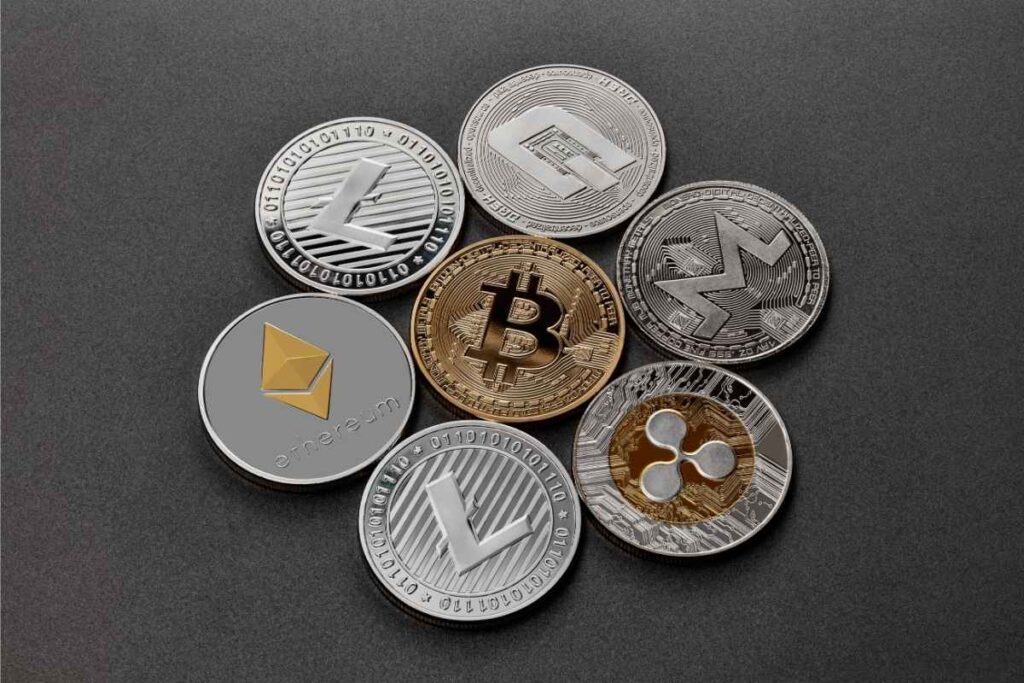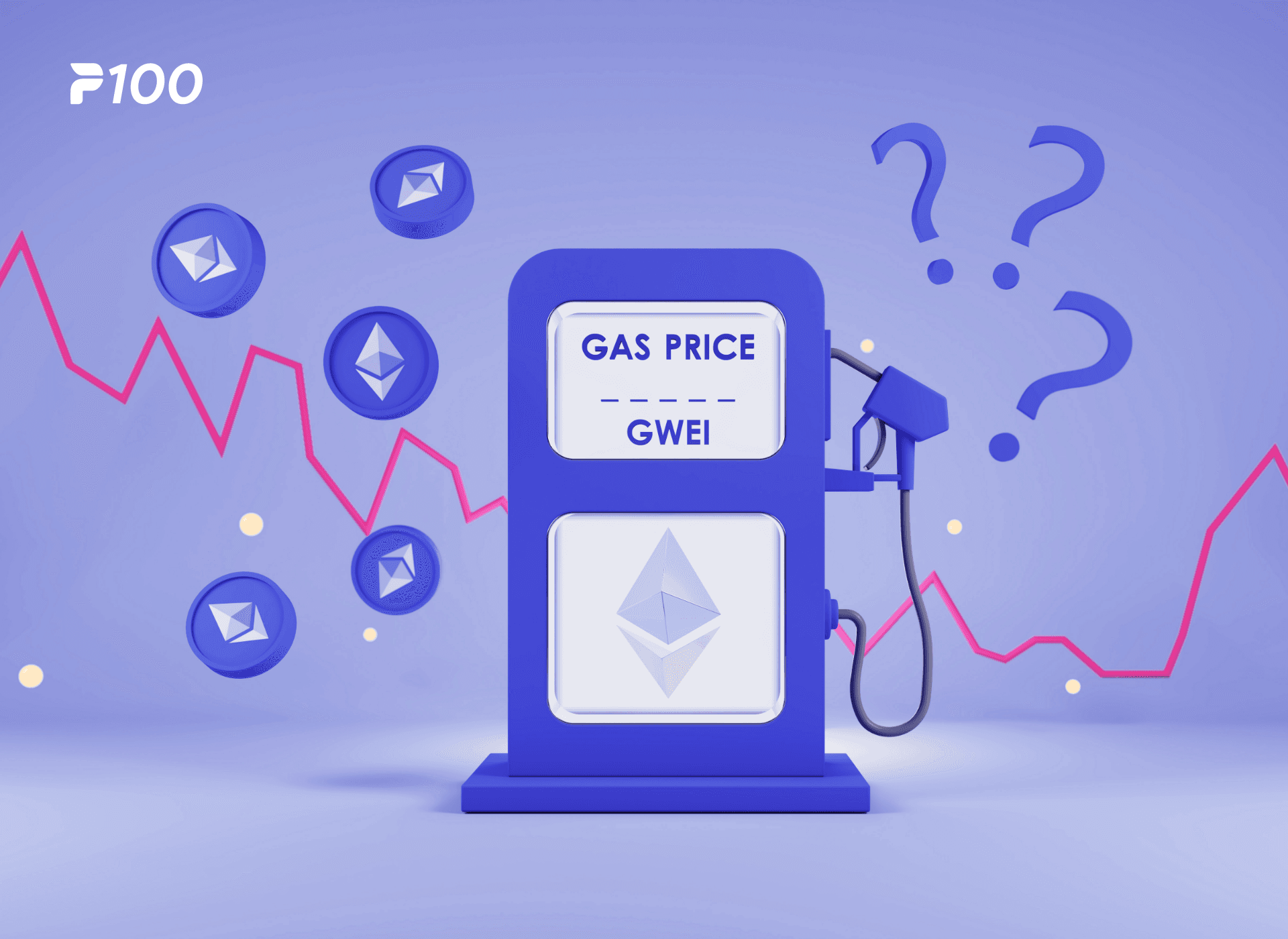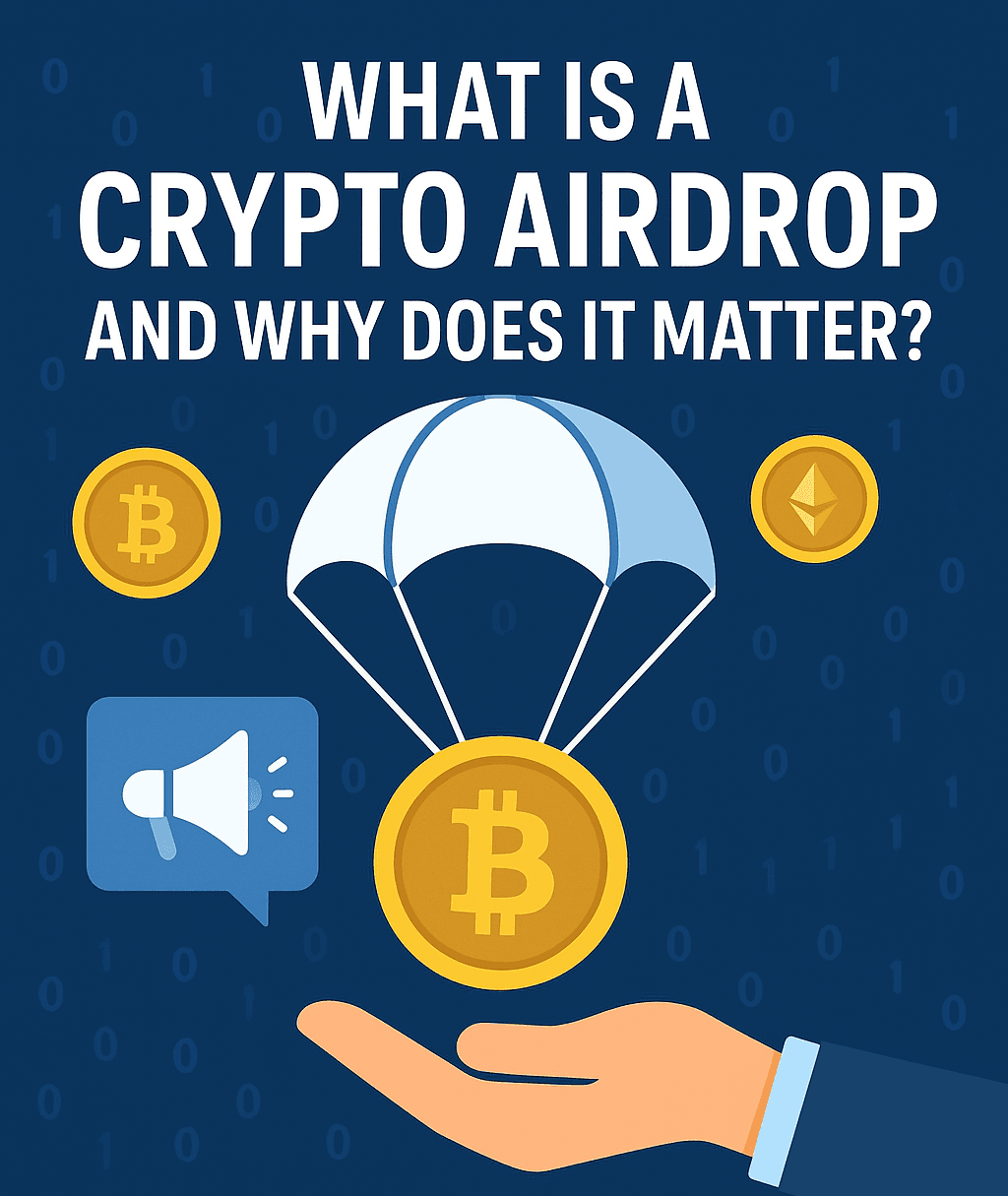By Alex Carter, Crypto Content Specialist | Published: September 16, 2025
Let’s be real, the crypto world loves making simple things sound complicated. You hear about coins, tokens, NFTs, crypto-this, digital-that… It’s a lot. What’s the actual difference?
Forget the confusing stuff. This guide is your simple translator. We’re going to cut through the fluff and break down the different types of crypto coins in plain English.g1
Disclaimer
Alright, a quick and important heads-up before we get going. I need to be super clear about something: This article is for informational purposes only and is not financial advice. Not even a little bit.
I’m just here to break down what this stuff is. I’m not telling you what to buy, sell, or hold. The crypto market is a wild ride and is known for its volatility. You can make a lot, and you can lose a lot. Never, ever invest more than you’re truly okay with losing. Please, do your own extensive research (DYOR) and consult with a qualified financial advisor before making any investment decisions.
How Are Cryptocurrencies Classified?
So, how do you even begin to sort all these things out? Most of them fall into a few main buckets based on what their job is.

The first big concept to understand is coins vs. tokens.
- Coins are the native asset of their own blockchain. They are the bosses. Think Bitcoin (BTC) on the Bitcoin blockchain.
- Tokens are more like tenants; they’re built to live on someone else’s existing blockchain. Most of the tokens you hear about are built on networks like Ethereum.
Why Do Different Types of Digital Tokens Exist?
Why isn’t there just one crypto for everything? For the same reason you don’t use a hammer to fix your computer. Different tools for different jobs.
Every type of cryptocurrency was created to solve a specific problem or serve a unique purpose. Some are for payments, others provide the infrastructure for new applications, and some are for governing a project.
Payment Tokens: How They Enable Peer-to-Peer Transactions
These are the no-frills tokens. Their primary job is to function as digital cash for sending and receiving value directly between people, often with a focus on speed and low transaction fees.
- Example: Litecoin (LTC)
Infrastructure Tokens: Powering Blockchain Networks
These are the landlords of the crypto world. They are the native coins of a blockchain that supports smart contracts. If developers want to build an application or users want to perform a transaction on that network, they have to pay a fee (often called “gas“) in that infrastructure token.
- Example: Ethereum (ETH)
Financial Tokens: Driving Decentralized Finance (DeFi)
This is where things get interesting. These are the tokens that power the new world of crypto banking, known as Decentralized Finance (DeFi). They enable you to lend, borrow, and trade assets without a traditional bank as the middleman.
- Example: Aave (AAVE), the token for the Aave lending protocol.
Service Tokens: Unlocking Utility and Access Within Platforms
Think of these like a key to a specific online club or a digital subscription. You need to own or spend the token to get in the door and use a platform’s unique features. No token, no entry.
- Example: Basic Attention Token (BAT), used within the Brave browser ecosystem to reward users and creators.
Entertainment and Media Tokens: Gaming, Music, and Beyond
This is crypto for your downtime. These tokens power play-to-earn games, allow you to buy virtual items (NFTs), or give you voting rights in your favorite sports clubs.
- Example: Chiliz (CHZ), which powers the Socios.com fan engagement platform.
Stablecoins: Reducing Volatility in Crypto Payments
These are your safe harbor in the crazy crypto seas. They are tokens designed to maintain a steady price because they are pegged to a real-world asset, usually the U.S. dollar. When the market is volatile, many traders use stablecoins to secure their funds.
- Example: USD Coin (USDC), a stablecoin from Circle.
Utility Tokens: Accessing Products, Services, and Rewards
This is your arcade token. It has one specific use, or “utility,” inside a single project. You can’t spend it at the grocery store, but it’s essential for using that project’s specific “game” or service.
- Example: Filecoin (FIL), used to pay for decentralized data storage on the Filecoin network.
Asset-Backed Tokens: Linking Digital Value to Real-World Assets
This is crypto that’s tied to a tangible, off-chain asset. Imagine a token that represents a legal claim on a bar of gold, a share of stock, or a piece of real estate, with its value directly linked to the underlying asset.
- Example: Pax Gold (PAXG), where each token is backed by one fine troy ounce of gold stored in a vault. You can learn more at the Paxos website.
Meme Coins: Community-Driven Tokens With Viral Popularity
Welcome to the wild west. These tokens often start as internet jokes and are powered by hype, social media trends, and strong community energy. They are extremely high-risk and speculative.
- Example: Dogecoin (DOGE)
Liquidity Provider (LP) Tokens: Incentives for DeFi Market Participation
This one’s a bit nerdy, but it’s cool. In DeFi, trading platforms need a pool of tokens for users to trade against. When you deposit a pair of tokens into that pool, the platform gives you a special receipt token to represent your share. That receipt is your LP token.
- Example: A UNI-V2 token, which represents a share in a liquidity pool on the Uniswap protocol.
Non-Fungible Tokens (NFTs): Unique Digital Assets and Collectibles
These are the “one-of-a-kinds.” Unlike a dollar bill or a Bitcoin, each NFT is unique and cannot be replaced with another. It’s a digital certificate of ownership for a specific item, like digital art, a collectible, or a piece of virtual land.
- Example: A Bored Ape Yacht Club NFT.
Liquid Staking and Restaking Tokens: Earning Yield While Supporting Networks
This is one of the cleverest innovations in DeFi. You can “stake” your crypto to help secure a network and earn rewards. In return, a liquid staking protocol gives you a new token that represents your staked amount. You can then use this new token in other DeFi applications, all while still earning your original staking rewards.
- Example: Lido Staked Ether (stETH) from the Lido Finance protocol.
Wrapped Tokens: Bridging Value Across Multiple Blockchains
How do you get Bitcoin to work on the Ethereum network? You “wrap” it. A wrapped token is an IOU for a coin from another blockchain, allowing it to be used on a different network while maintaining its original value.
- Example: Wrapped Bitcoin (WBTC), an ERC-20 token on Ethereum that is pegged 1:1 to the price of Bitcoin.
How to Choose Which Type of Crypto to Explore?
Okay, that was a lot! The type of cryptocurrency you might find interesting depends entirely on your personal goals and interests. Are you fascinated by the future of finance (DeFi tokens)? Or do you see value in a stable medium for digital payments (Stablecoins)?
There is no single “right” type. The first step is always education. Understanding what a token does is the most important part of your research.
As you decide what areas of crypto you wish to learn more about, a platform like Zavros Network offers a secure environment to learn more and track assets from these different categories.
About the Author
Alex Carter is a Crypto Content Specialist who has been writing about technology and finance for over five years. With a background in breaking down complex systems, Alex focuses on making the world of blockchain and decentralized finance accessible to everyone. You can find more of their work on this site or connect with them on X (formerly Twitter) and LinkedIn.





